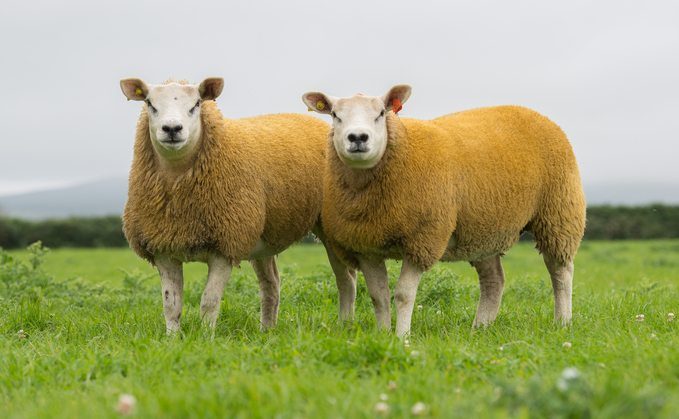
This is no different at a breed level and the Texel Sheep Society has, in recent years, been supporting a variety of initiatives, including a multi-national research group studying emissions mitigation...

This is no different at a breed level and the Texel Sheep Society has, in recent years, been supporting a variety of initiatives, including a multi-national research group studying emissions mitigation...
It is estimated the dairy industry will need to spend £3.9 billion over the next 10 years to improve its climate resilience, which he said worked out at around £500,000 for each farm – or an additional 2.4 pence per litre
Cattle farmers are being reminded to take extra care over where their animals are kept as thousands of people are expected to head to the countryside over the Easter break
Aberystwyth University said the study is the first to demonstrate the influence of livestock production KPI's on the financial performance of beef and sheep farms in England and Wales